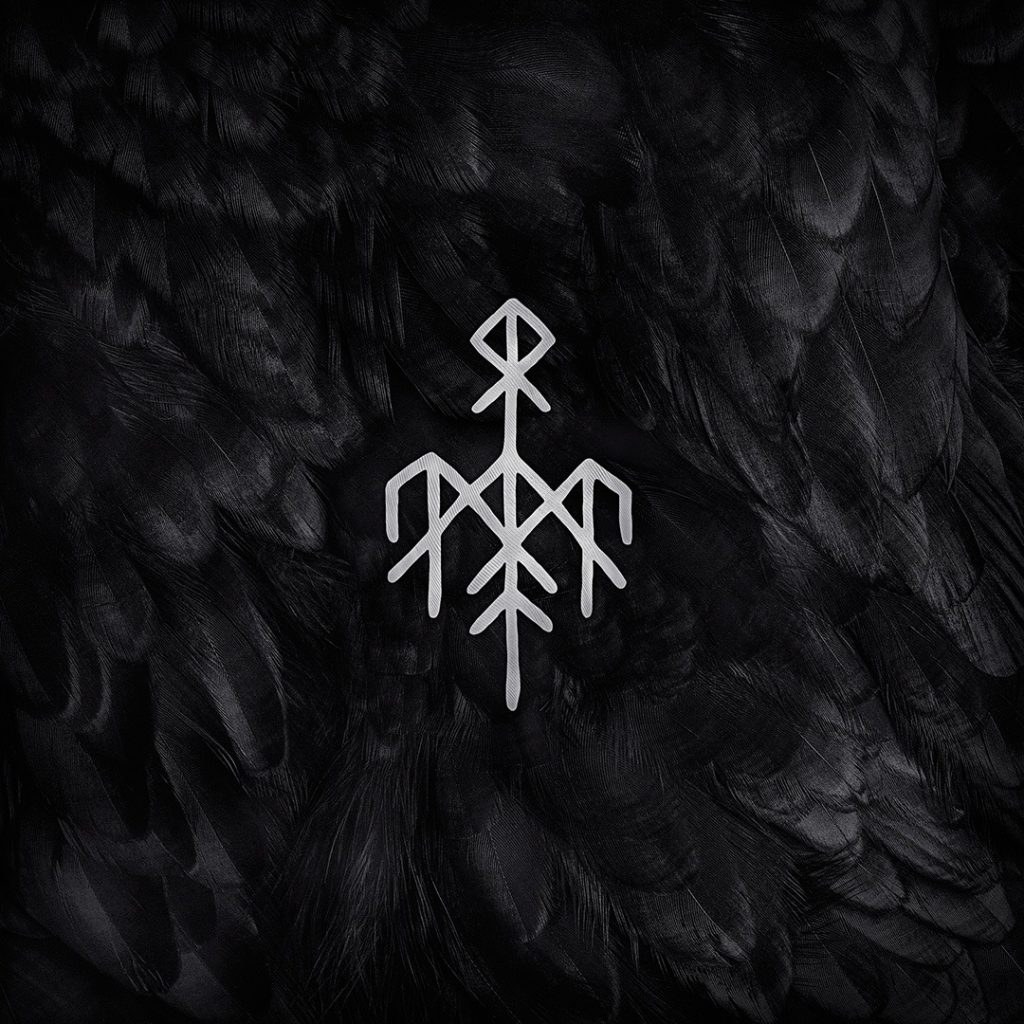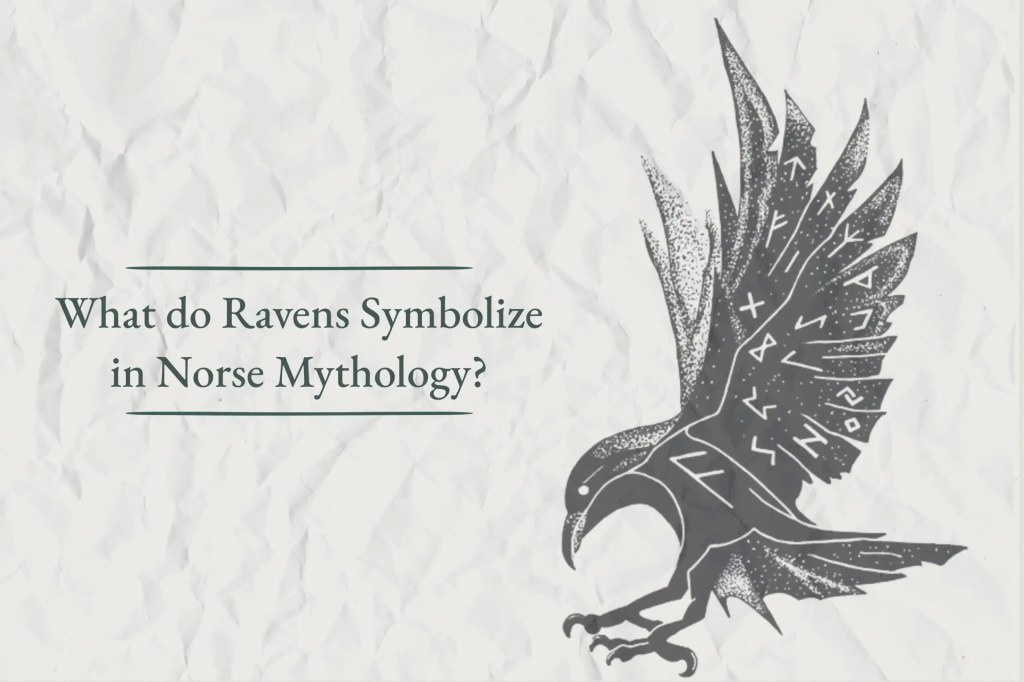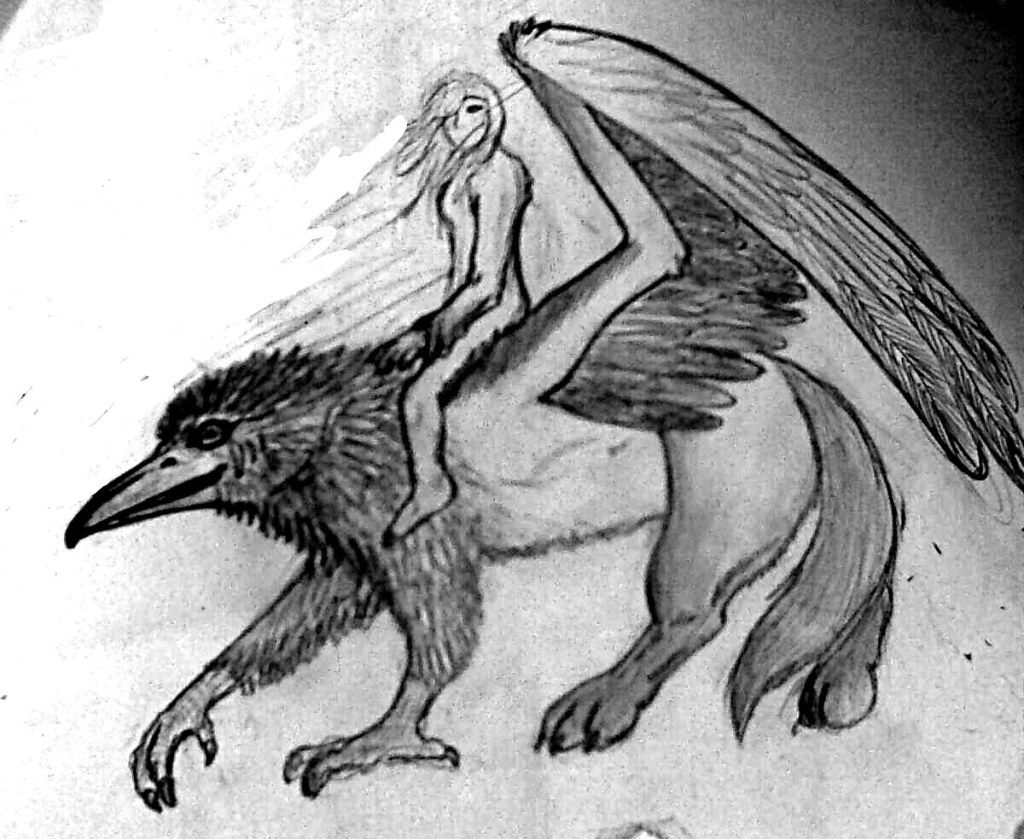The Enigmatic White Raven In Norse Mythology: Unveiling Ancient Secrets And Mysteries!
White Raven in Norse Mythology
Table of Contents
1. Introduction
3 Picture Gallery: The Enigmatic White Raven In Norse Mythology: Unveiling Ancient Secrets And Mysteries!



2. The Story of Huginn and Muninn
3. Symbolism in Norse Mythology

Image Source: trebuchet-magazine.com
4. White Ravens in Other Mythologies
5. The Significance of the White Raven
6. Advantages and Disadvantages of the White Raven
7. Frequently Asked Questions

Image Source: viking.style
8. Conclusion
9. Final Remarks
Introduction
Greetings, Raven Enthusiast! In Norse mythology, the white raven holds a unique and intriguing place. This majestic creature, believed to be a messenger of the gods, is often associated with Odin, the king of the Norse gods. With its pure white feathers and piercing black eyes, the white raven captivates the imagination and carries with it a rich history and symbolism. In this article, we will delve into the captivating world of the white raven in Norse mythology, exploring its origins, symbolism, and significance in the Norse pantheon.

Image Source: adventures.is
This table provides a summary of all the information you need to know about the white raven in Norse mythology:
Topic
Description
Origin
The mythological origins of the white raven.
Associated Deity
The gods and goddesses linked to the white raven.
Symbolism
The symbolic meanings attributed to the white raven.
Other Mythologies
White ravens in mythologies outside of Norse mythology.
Significance
The importance and role of the white raven in Norse mythology.
The Story of Huginn and Muninn
One of the most famous tales involving the white raven is the story of Huginn and Muninn. According to Norse mythology, Huginn and Muninn were two ravens that served as Odin’s trusted companions and messengers. Huginn, which means thought, and Muninn, which means memory, would travel the world every day and return to Odin in Asgard to share the news and information they gathered. It is said that Odin would often send his ravens on missions of great importance, and their presence was considered a sign of Odin’s omniscience and wisdom.
The symbolism of Huginn and Muninn goes beyond their role as messengers. The white raven represents the connection between the spiritual and physical realms, bridging the gap between divine knowledge and mortal understanding. As such, the white raven is often seen as a symbol of wisdom, knowledge, and insight.
The story of Huginn and Muninn showcases the importance of the white raven in Norse mythology and its association with Odin, the Allfather and king of the gods. The white raven’s ability to traverse different realms and deliver messages reflects the power and influence of Odin himself.
Symbolism in Norse Mythology
In Norse mythology, symbolism played a significant role in understanding and interpreting the world. The white raven, with its unique appearance, carries several symbolic meanings. Firstly, its white feathers represent purity and innocence. The white raven is often associated with purity of thought and intention, as well as divine wisdom.
The black eyes of the white raven symbolize its connection to the underworld and the spiritual realm. As messengers of the gods, the white raven’s piercing gaze is believed to grant them access to hidden knowledge and secrets.
Additionally, the white raven is associated with protection and guidance. It is said to act as a guardian and a guide, leading individuals on their spiritual journeys and offering them protection from harm.
Overall, the symbolism of the white raven in Norse mythology represents wisdom, purity, protection, and the divine connection between the realms.
White Ravens in Other Mythologies
While the white raven is commonly associated with Norse mythology, it also appears in other mythologies around the world. In Celtic mythology, for example, the white raven is believed to symbolize the cycle of life and death, as well as transformation and rebirth.
In Native American folklore, the white raven is seen as a shape-shifter and a symbol of change and transformation. It is often associated with the trickster archetype and is believed to bring both blessings and chaos.
The Significance of the White Raven
The white raven holds great significance in Norse mythology due to its association with Odin and its role as a messenger of the gods. This majestic creature symbolizes wisdom, purity, and divine insight, bridging the gap between the spiritual and physical realms.
The white raven’s presence in Norse mythology serves as a reminder of the importance of knowledge and wisdom in the pursuit of truth and understanding. Its association with Odin, the Allfather and wise ruler of the gods, elevates its status and reinforces its significance in Norse mythology.
Advantages and Disadvantages of the White Raven
Like any mythical creature, the white raven in Norse mythology has its advantages and disadvantages. Understanding these can provide insights into its role and significance within the mythology.
Advantages:
1. Wisdom and insight: The white raven symbolizes deep knowledge and understanding, offering wisdom to those who seek it.
2. Divine connection: The white raven serves as a bridge between the mortal and divine realms, granting access to hidden knowledge and spiritual guidance.
3. Protection and guidance: As a guardian and guide, the white raven offers protection and guidance to individuals on their spiritual journeys.
Disadvantages:
1. Limited accessibility: The white raven’s wisdom and guidance may not be easily accessible to everyone, as it is a mythical creature associated with the gods.
2. Mysterious and unpredictable: The white raven’s actions and messages can be mysterious and unpredictable, making it challenging to interpret its intentions.
3. Overreliance on divine intervention: Relying solely on the white raven for guidance may prevent individuals from developing their own wisdom and intuition.
Frequently Asked Questions
Q: Can white ravens actually exist in nature?
A: While white ravens are extremely rare, they can occur due to a genetic condition called leucism, which affects pigmentation.
Q: Is the white raven considered a good omen in Norse mythology?
A: Yes, the white raven is generally seen as a positive symbol associated with wisdom and divine knowledge.
Q: Are there any other creatures associated with Odin in Norse mythology?
A: Yes, Odin is also often accompanied by his two wolves, Geri and Freki, representing war and victory.
Q: Are white ravens mentioned in any other mythological stories?
A: Yes, white ravens appear in various mythologies worldwide, often symbolizing transformation and change.
Q: Can individuals communicate with the white raven in Norse mythology?
A: While there are no specific accounts of communication with the white raven, it is believed that those with a deep connection to the divine may be able to understand its messages.
Conclusion
The white raven in Norse mythology represents wisdom, purity, and divine insight. As a messenger of the gods, it bridges the gap between the mortal and spiritual realms, offering guidance and protection to those who seek it. Its association with Odin, the Allfather, elevates its significance and reinforces its role in Norse mythology as a symbol of knowledge and wisdom.
The white raven’s presence in other mythologies around the world further emphasizes its universal symbolism of transformation and change. Whether seen as a shape-shifter, a harbinger of blessings or chaos, or a symbol of the cycle of life and death, the white raven continues to captivate and inspire with its mystical allure.
Final Remarks
In conclusion, the white raven in Norse mythology is a captivating creature with a rich history and symbolism. Its role as a messenger of the gods and its association with Odin make it a significant figure in Norse mythology. Whether you are intrigued by its symbolic meanings or fascinated by its stories, the white raven serves as a reminder of the importance of wisdom, purity, and the connection between the mortal and divine realms.
Disclaimer: The information presented in this article is based on mythological stories and interpretations. While every effort has been made to ensure accuracy, it is important to recognize that mythology is subject to various interpretations and may differ from source to source.
This post topic: Raven



